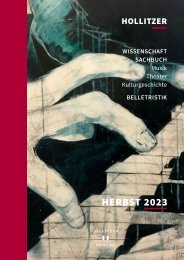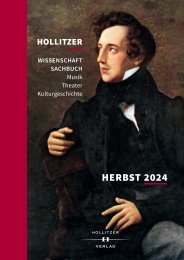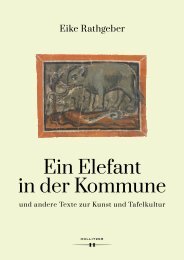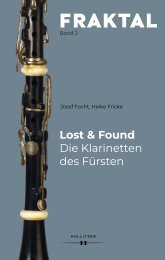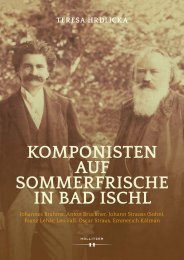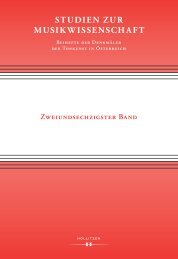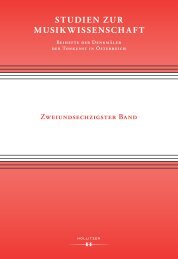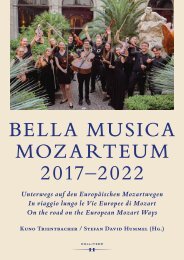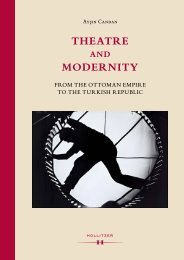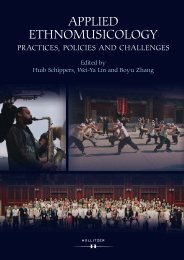Create successful ePaper yourself
Turn your PDF publications into a flip-book with our unique Google optimized e-Paper software.
CHAPTER I<br />
TERMINOLOGICAL DEFINITIONS ABOUT<br />
OTTOMAN/TURKISH MUSIC *<br />
1.1. Defining and Categorising Turkish Music,<br />
and the Problem of Genre<br />
Both the musical oeuvres – especially those of which belong to the composers<br />
addressed here – and the definitions most commonly employed in defining Ottoman/Turkish<br />
music (the genres and the elucidation of these genres) in music<br />
historiography, as well as a lack of standardisation in the terminology coined or<br />
adopted by various authorities/sources, raise problems of complex and confounding<br />
categories which consequently require detailed and further elaboration.<br />
The definitions, categorisations, and genres that exist in Ottoman/Turkish<br />
music historiography play a pivotal role in this research, and it is necessary to use<br />
certain terminology that appeared, or continues to appear, in the music historiography<br />
in order to explain the production conditions as well as the compositions<br />
of the three composers addressed. Simultaneously, the need for clarifying and/or<br />
standardising genres, categorisations, and definitions arises. 23<br />
Beginning in the nineteenth century, political, legal, economic, and sociocultural<br />
transformations in the Ottoman Empire, which can be viewed from a<br />
modernisation paradigm, set the tone and the direction of music (as a specific component<br />
of culture, art, and intellectual life) and of institutional music education.<br />
It is possible to observe the influence of these developments through all three of<br />
these composers.<br />
Various terms, etymologically different, but used interchangeably, such as<br />
Modernleşme [Modernisation], Çağdaşlaşma [Contemporisation], Batılılaşma [Westernisation],<br />
Avrupalılaşma [Europeanisation], Alafrangalaşma [Alafrangisation],<br />
Garbıyatçılık [Occidentalism] etc. are used to depict tendencies 24 and approaches,<br />
* Unless otherwise indicated, all quoted excerpts in this chapter have been translated by Barış<br />
İplikçi.<br />
23 For some studies that address these questions, see: Mehmet Revnak Yengi, “Composition within<br />
the Axis of the Concepts of Contemporary, Modern in Turkey” (PhD diss., İstanbul Technical University,<br />
2012). Okan Murat Öztürk, “Milli Musiki Ütopyası: Halk Ruhunu Garp Fenniyle Terkib<br />
Etmek”, Illüzyon. Cumhuriyet’in Klasik Müzik Serüveni [Illusion: Clasical Music Adventure of the<br />
Republic], ed. Fırat Kutluk (İstanbul: H2o Yayıncılık, 2016), 3–73. John Morgan O’Connell, Alaturka:<br />
Style in Turkish Music (1923–1938). (Oxon: Routledge, 2016), 19 and 22. Martin Greve, Die<br />
Europäisierung orientalischer Kunstmusik in der Türkei (Frankfurt am Main: Peterlang, 1995), 22–27.<br />
24 Muasırlaşmak [to become modern], Asrileşmek [to become contemporary], Çağcıllaşmak [to become<br />
modern], Medenileşmek [to be civilized], Evrenselleşmek [to become universal] etc.<br />
33




